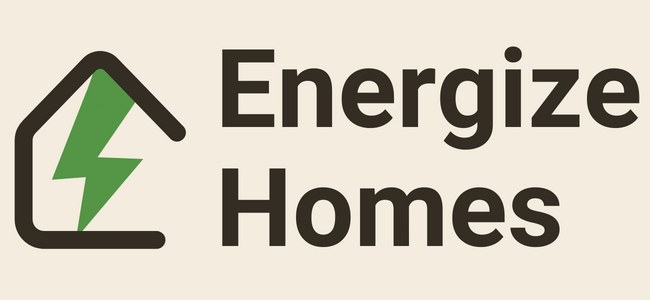How Air Filters Work in Heat Pumps
Air filters in heat pumps serve as the frontline defense in maintaining indoor air quality and ensuring the optimal performance of the heat exchange process. Understanding the thermodynamics, fluid dynamics, and filtration mechanisms at play can help in making an informed decision on the type and maintenance schedule for your heat pump’s air filter.
Keep an eye on those MERV ratings and Delta P values, and remember, a well-maintained filter translates to an energy-efficient, high-performing heat pump system.
Among the components that make heat pumps effective and energy-efficient is the air filter. Its role is often underestimated, but in reality, the air filter plays an essential part in the system’s functionality. This article aims to demystify how air filters work in heat pumps, getting into the nitty-gritty of thermodynamics, fluid dynamics, and filtration mechanisms.
Particulate Filtration: The Basic Principle
Air filters in heat pumps serve primarily to remove particulates such as dust, pollen, pet dander, and other contaminants from the air circulating through the system. This filtration process is vital for not only indoor air quality (IAQ) but also for the operational efficiency of the heat pump itself. It’s commonly implemented via a medium like fibrous material arranged in a labyrinthine structure.
MERV Ratings: A Benchmark for Filtration Efficiency
MERV (Minimum Efficiency Reporting Values) ratings are widely used in the industry to measure an air filter’s capability. The scale goes from 1 to 20, with higher numbers indicating better filtration performance. The choice of MERV rating will affect both IAQ and system efficiency.
| MERV Rating | Particulate Size (micrometers) | Examples of Filtration |
|---|---|---|
| 1-4 | >10 | Pollen, dust mites |
| 5-8 | 3-10 | Mold, pet dander |
| 9-12 | 1-3 | Lead dust, auto emissions |
| 13-16 | 0.3-1 | Bacteria, tobacco smoke |
| 17-20 | <0.3 | Viruses, combustion smoke |
Thermodynamic Considerations: Heat Exchange Efficiency
Air filters can also have a substantial impact on the thermodynamic efficacy of the heat pump. Accumulation of debris on the filter can result in higher pressure drop across the air-handler unit (AHU), subsequently reducing airflow and thus, heat exchange efficiency. This phenomenon is often referred to as “filter loading.”
Delta P: The Pressure Differential
In industry terms, the pressure difference before and after the filter is commonly known as “Delta P.” A higher Delta P indicates reduced airflow, leading to a lower Coefficient of Performance (COP) for the heat pump system.
Fluid Dynamics: How Air Flows Through Filters
Air filters also impact fluid dynamics within a heat pump system. More efficient filters with higher MERV ratings often come with a denser mesh of fibers. Although they filter out smaller particulates, these can also induce a phenomenon known as “vortex shedding,” leading to turbulent flow and thus affecting the heat pump’s overall performance.
Turbulence vs. Laminar Flow
| Flow Type | Characteristics | Effect on Heat Pump |
|---|---|---|
| Laminar | Smooth, parallel layers | Optimal heat exchange |
| Turbulent | Chaotic, swirling patterns | Reduced efficiency |
Maintenance: The Key to Longevity and Efficiency
A dirty or clogged air filter not only reduces the IAQ but also imposes an extra load on the heat pump’s compressor and blower, leading to reduced lifespan and elevated energy costs. Industry best practice recommends checking filters every month and replacing them every three months, or as stipulated by the manufacturer’s guidelines.
